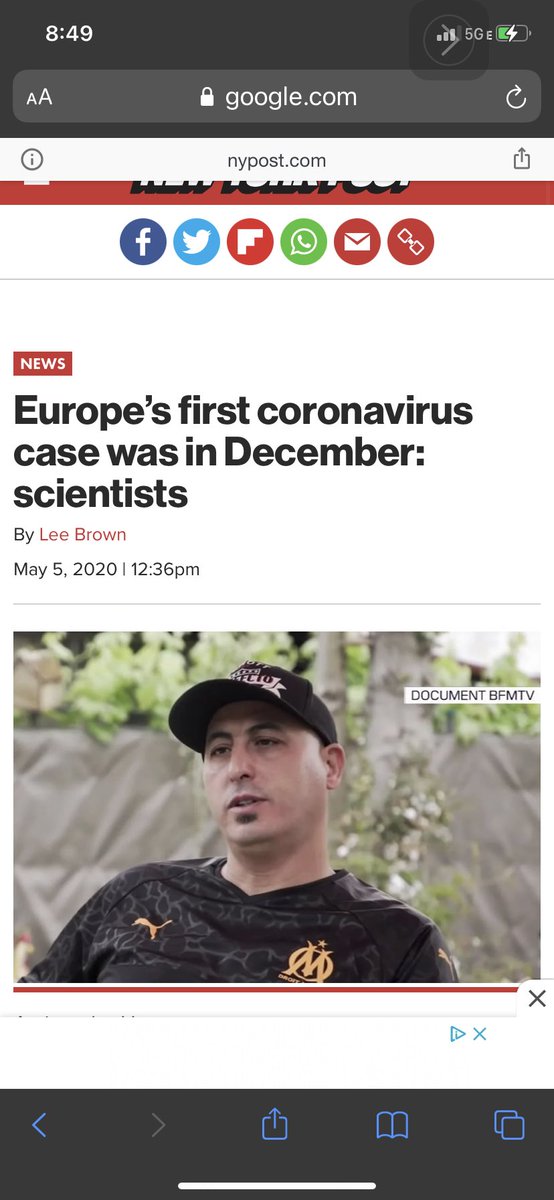
Joseph P. Kennedy: A portrait of the founder (Fortune Classics, 1963) – Fortune
Kennedy liked the sound of that idea, and in late 1927 sold R.C.A. an interest in F.B.O. for $500,000, sealing the bargain with David Sarnoff as they stood one noon at a fortune.com/2011/04/10/jos…
Kennedy liked the sound of that idea, and in late 1927 sold R.C.A. an interest in F.B.O. for $500,000, sealing the bargain with David Sarnoff as they stood one noon at a fortune.com/2011/04/10/jos…
Manhattan oyster bar. A colorful Wall Street figure, Henry Mason Day, discussed Kennedy before the Senate Banking and Currency Committee in 1933. Day was a partner in the now-defunct brokerage house of Redmond & Co., which had secretly received capital from Kennedy that year.
Day had included Kennedy in a pool in the stock of Libbey-OwensFord Glass Co., which ran up known profits of $395,000 in four months in 1933. (With repeal of prohibition imminent, the public falsely believed L-O-F to be a whiskeybottle manufacturer, when in fact it made plate
glass.) Kennedy, who had not put up a cent for the L-O-F pool, had received $60,800 from it, and committee counsel Ferdinand J. Pecora was curious. In September, 1933, Joe and Rose Kennedy took ship for Europe with Jimmy and Betsy Roosevelt, on a trip combining pleasure and
profit. By midsummer, enough states had ratified the repeal amendment to ensure the end of prohibition in 1933. Joe was turning his tidy profit in the Libbey-Qwens-Ford pool, which exploited public expectations of repeal, and he now wanted to be in on the liquor boom when it
came. organized Somerset Importers to import and stockpile thousands of cases of liquor, the stuff coming into the legally dry U.S. under “medicinal” licenses.
What of Jimmy Roosevelt? He had a pleasant ocean voyage. Some said he had foreseen a profitable partnership with
What of Jimmy Roosevelt? He had a pleasant ocean voyage. Some said he had foreseen a profitable partnership with
Kennedy in the liquor business, and had been told by Joe: “You can’t do that; it would embarrass your father.”
In July 1934, Kennedy was appointed to a five-year term on the newly created Securities and Exchange Commission. The other SEC commissioners — Ferdinand Pecora,
In July 1934, Kennedy was appointed to a five-year term on the newly created Securities and Exchange Commission. The other SEC commissioners — Ferdinand Pecora,
James Landis, George Mathews, and Robert Healy bowed to F.D.R.’s choice and elected Kennedy Chairman. While the Secretary of the Treasury symbolized power and prestige, here, in the new SEC, was the real power. The Treasury was the tent, hung with trappings, but the SEC was the
sword of command, the power to purge. Joe could tell the moneymen in New York what they would do, and they damned well better do it, or he could sweep them into the sea.”According to awestruck New Dealers, Kennedy neatly decapitated the underwriters. In early 1935, Swift & Co.
asked SEC approval of a $43-million bond issue, a fat figure in those-lean days, but the crucial fact was that the underwriters, Salomon Bros. & Hutzler, were persuaded to sell the issue directly to the public rather than through other investment houses; the underwriters took as
their commission a fraction of a point, instead of the customary two or three-point spread, a procedure that made financing cheaper. That alarming break with the traditions of banking suddenly brought a flood of new financing. His first client was David Sarnoff’s Radio Corp. of
America. Once the bellwether of the great bull market, Radio now was imprisoned by a capital structure that bore no relation to the company’s earning power. F.D.R. also prized his money sense and financial connections abroad; in 1935 he had sent him on a tour of Europe’s
banking centers to confer with friends like Montague Norman, head of the Bank of England. Then, just before Christmas 1937, he summoned Joe and gave him a glittering reward for his cash support and hard work: the ambassadorship to the Court of St. James’s.
Like the earlier
Like the earlier
appointment to the SEC, the choice was pure Roosevelt. It shattered tradition, which dictated that U.S. envoys to London should be distinguished gentlemen of Anglo-Scotch blood and Protestant faith. Not since his days in Hollywood had Kennedy come upon such a situation. He bought
the Mart for $12,956,516, borrowing $12,500,000 on a mortgage from the Equitable Life Assurance Society.
• • •
Missing some Tweet in this thread? You can try to
force a refresh















